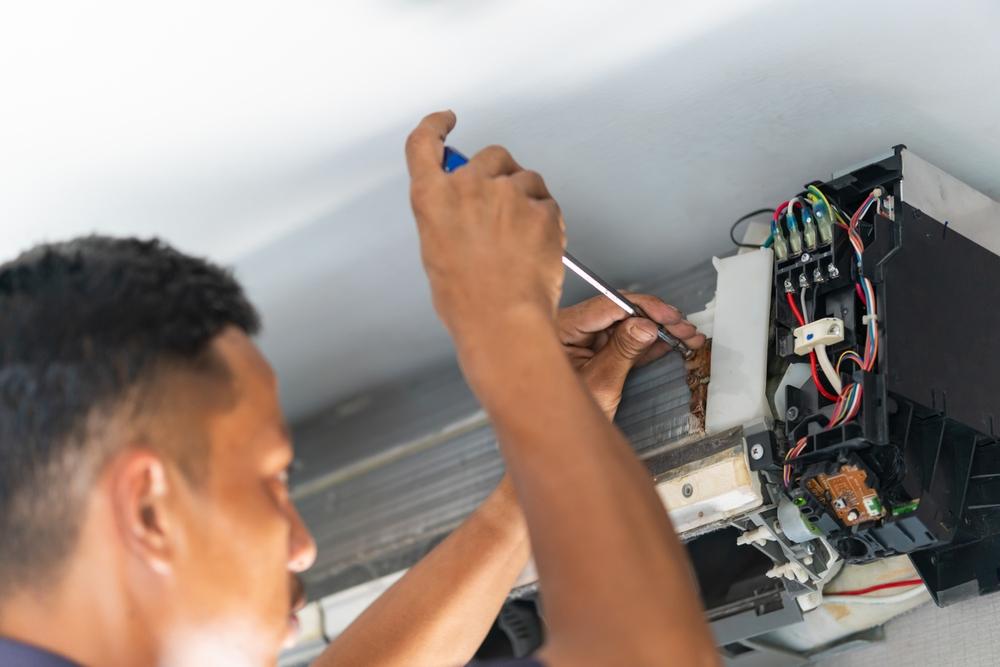The Power of Precision: A Guide to Laser Cutting
Discover the precision and versatility of laser cutting technology.
Introduction to Laser Cutting
Laser cutting is a technology that uses a focused beam of light to cut through various materials with extreme precision. It has revolutionized manufacturing and production across multiple industries, from automotive to aerospace, and even in creative fields like art and design. This article explores the fundamentals of laser cutting, its advantages, and the key areas where it's commonly applied.
How Laser Cutting Works
At its core, laser cutting involves directing a high-powered laser beam onto the material to be cut. The energy from the laser is absorbed by the material, causing it to melt, burn, or vaporize along the desired path. The process is highly accurate, allowing for intricate designs and detailed cuts that would be challenging to achieve with traditional cutting methods. The laser is typically controlled by a computer-aided design (CAD) system, ensuring consistency and precision in mass production.
Benefits of Laser Cutting
One of the primary advantages of laser cutting is its versatility. It can be used on a wide range of materials, including metals, plastics, wood, and textiles. The process is non-contact, meaning the laser beam does not physically touch the material, reducing the risk of contamination and damage. Additionally, laser cutting is known for its high speed and efficiency, making it ideal for both prototyping and large-scale production. The precision of laser cutting also minimizes waste, which is both cost-effective and environmentally friendly.
Common Applications of Laser Cutting
Laser cutting is employed in various industries for different purposes. In manufacturing, it is used to produce parts for machinery, electronics, and vehicles. The automotive industry, for example, uses laser cutting to create complex shapes and components with tight tolerances. In the fashion and textile industries, laser cutting allows for the creation of intricate patterns and designs on fabrics and leather. The technology is also popular in the signage and advertising industries for cutting and engraving materials used in displays and promotional items.
Cost and Top Laser Cutting Services
The cost of laser cutting services can vary widely depending on the material, thickness, complexity of the design, and volume of production. For simple cuts on common materials like acrylic or aluminum, prices might start at around $50 to $100 per hour. More complex projects or cutting on thicker materials could see costs rise to $200 or more per hour. Some top companies offering laser cutting services include LaserPro, Ponoko, and Xometry, each known for their expertise and advanced technology in the field.
Conclusion
Laser cutting stands out as a crucial technology in modern manufacturing and design, offering unparalleled precision and versatility. Whether you need to cut metal parts for industrial use or create intricate designs on fabric, laser cutting provides a solution that meets the demands of speed, accuracy, and efficiency. With a range of providers available, businesses and individuals alike can find the right laser cutting service to suit their needs and budget.











